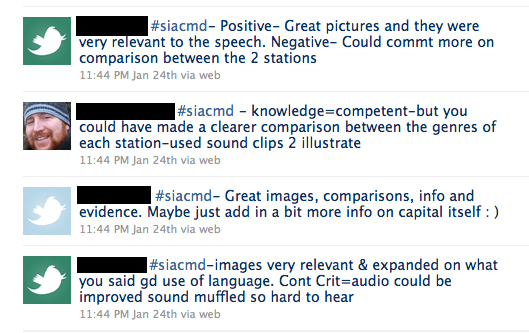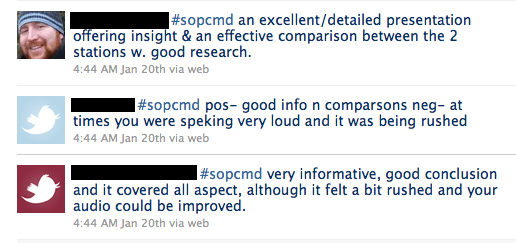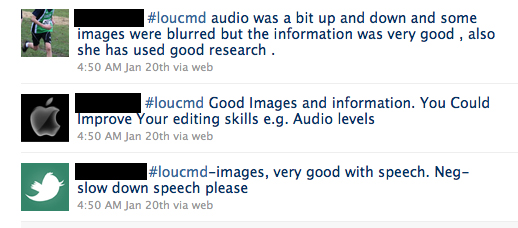A fellow Media Studies teacher contacted me about a week ago to ask permission to use one of my student’s coursework pieces on his blog. I agreed and being curious had a scour of his blog to see how a fellow blogger was making use of his own class blog. While scrolling through the posts I came across an activity he had completed with his A2 students. To help them prepare for their upcoming exam, he got them to make videos using Post-it Notes explaining the skills they had developed in post production during their coursework. I immediately saw an opportunity to use the same tools to help my Y10 GCSE Media Studies students to prepare for their exam which is coming up on the 25th June.
First of all I had to assemble the tools. As this was a quick project, I decided, it would be a perfect opportunity to use the Flip HD Ultra Cameras that I had bought earlier in the year for activities such as this. I made sure that every group also got a tripod, fine liner, pack of highlighters and of course Post-it Notes.
When the class entered the room I had one of the A-Level student’s videos playing. After my students had settled I stopped the video and explained that we would be doing something similar today to help them with their exam preparation. Most of them had clocked the collection of camera and tripods as they had walked in so there was a sense of anticipation in the air.
I explained what the task was and what the expected learning outcomes should be. I then demonstrated how to use the equipment and made 10 seconds of video myself in a slightly Dylanesque way holding up and throwing away Post-it Notes one by one as I narrated direct into the camera. The students got a laugh out of seeing me on camera while also seeing how easy the equipment was to use. Next, I reminded them of a few key points and what their deadlines were. After that, I put them into groups and let them loose. I spent the rest of the lesson supporting them answering any questions they had and dealing with any technical difficulties. (Note – You will need more space than your classroom allows, I had planned ahead and new that one or two other rooms nearby would be free for the second half of the double lesson.)
Task: Explain what you need to know to be able to succeed in your GCSE Textual Analysis paper (Section A) on June 25th.
The lesson was a double and it broke down (neatly) as follows:
L1 – After the introduction and demonstration the students spent the majority of this lesson creating the Post-it Notes and scripts to be used in their videos. There are 3 questions in that part of the paper: Q1 focuses on Genre; Q2 focuses on Textual Analysis; and Q3 focuses on Representation.
L2 – During the second half of the double the students created their videos; uploaded them, making any necessary edits; and then exported a copy to be uploaded to VLE.
They had a great time and all of the students were proud of what they had achieved. More importantly the results were great with some students demonstrating an excellent understanding of what they need to do in their exam. Some of the videos are a little out of focus and one group learned an important lesson about shot distance but all in all I (like them) was very satisfied with the activity and its outcomes.
Here are two examples of the results:
And as ever, should you have any questions you can email me or tweet me!





